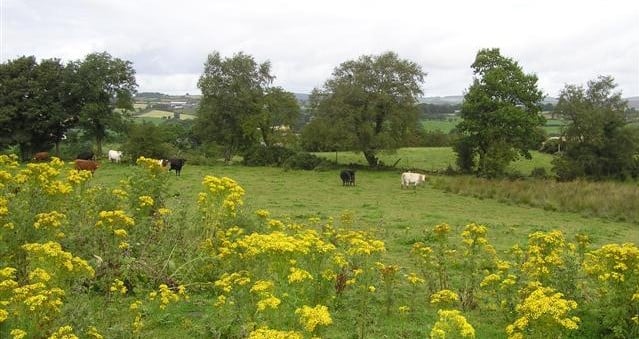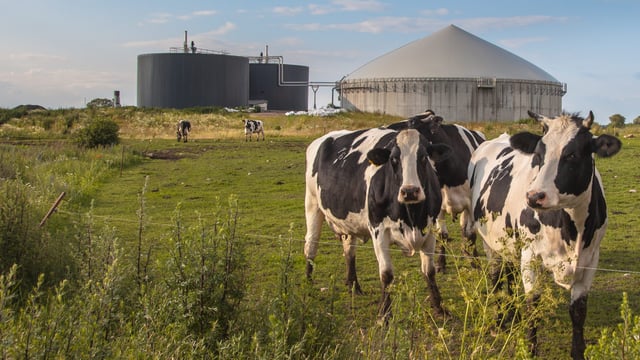Eight cattle dead as 'lower quality silage' containing ragwort used
Findings from the Dublin Regional Veterinary Laboratory (RVL) have shown that a total of eight yearlings died after they were fed what was described as "lower quality" silage that contained ragwort.
This was discovered when a 15-month-old heifer was submitted to the Dublin RVL when it had died two weeks after being treated.
According to the RVL, the "entire cohort group was lost," which was eight yearlings dead in total.
The herd owner reported that this group of animals were fed a lower quality silage during four-to-five months of the winter period, as he ran out of silage and had to purchase some.
This was detailed in the most recent RVL report that was published in the Veterinary Ireland Journal.
On post-mortem examination at the laboratory, the carcase of the heifer was in very poor condition, was mildly pale and there was a rectal prolapse.
The abdominal cavity contained a large excess of serosanguineous fluid, approximately two litres in volume.
The peritoneum, the serosa of the rumen, and the intestinal tract were moderately expanded with gelatinous oedema, while the serosa and mucosa of the abomasum were severely expanded with gelatinous oedema.
There was a fibrinous perihepatitis with multifocal fibrinous adhesions between the liver capsule and the diaphragm.
The consistence was severely increased and, on cross section, it had a fibrous texture and diffuse mottled, pale parenchyma.
The mesenteric and gastric lymph nodes were severely enlarged and oedematous.
Histopathological examination of the liver showed extensive centrilobular, portal, and bridging fibrosis, with compression and obliteration of the central veins, extensive ductular reaction and hepatocyte necrosis.
Many remaining hepatocytes were swollen with large nuclei (megalocytosis) and in the brain, there was vacuolation of the neuropil in the midbrain (encephalopathy).
The histological changes in the liver and brain, and the gross findings, were consistent with pyrrolizidine alkaloid toxicity due to ingestion of a plant such as ragwort (Jacobea vulgaris).
Grazing animals tend to avoid eating ragwort as it is bitter-tasting. However, when the plant is cut, such as for silage, it loses the bitter taste, and while the plant is dead and now palatable, all parts are still poisonous.
Pyrrolizidine alkaloids are not directly toxic to the liver but require bioactivation in the hepatocytes.
Clinically, this condition is characterised by hepatic failure (liver failure). Secondary neurological signs can develop due to build-up of ammonia, which the liver is not able to metabolise, and which then remains in the bloodstream, passing through the blood-brain barrier causing encephalopathy.






